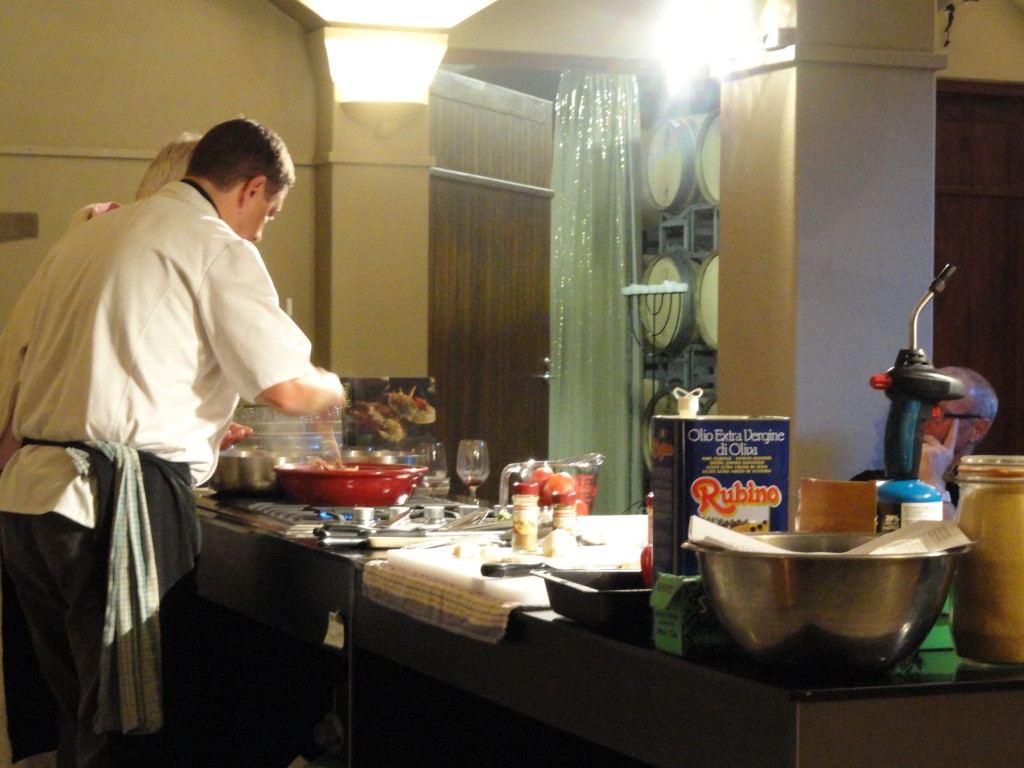“Governing a great nation is like cooking a small fish – too much handling will spoil it.” (Lao-tzu, Chinese philosopher)
The basic Chinese cooking principle is to have everything prepared beforehand: the vegetables washed, drained well and cut, the meat cut and marinated and the sauces prepared. There should be an interesting variety of flavours, textures and colours; the Chinese believe in balance and harmony in every aspect of life, including food. And don’t worry if you don’t have the correct Asian ingredients; improvise as the Chinese themselves did when they immigrated to the USA in the 1800’s.
China has four distinctive styles of regional cuisine (although some might break this down further), based loosely on geographical area. Southern or Cantonese cuisine is the most well known, focusing on stir-frying, steaming and roasting a wide variety of meats, poultry and seafood. We also have the Cantonese to thank for dim sum, literally translated as “touch your heart” – the custom of feasting on a varied assortment of pastries and dumplings that originated in China’s teahouses.
In China’s northern regions, with its climate of hot, dry summers and freezing cold winters, people opt for more solid, nourishing fare. Instead of rice, noodles made from wheat, steamed dumplings and pancakes are popular fare.
The mountain-ringed provinces of Szechuan developed a cuisine of their own, heavily influenced by the foreigners journeying along the famous “Silk Route”. Buddhist missionaries introduced locals to Indian spices, with chefs making liberal use of Szechuan pepper (one of the ingredients in five spice powder).
The cuisine in Eastern China combines elements from all other regions, using both rice and wheat. The region is characterised by the liberal use of sugar to sweeten dishes, as well as “red-cooking” – where meat is slowly simmered in dark soy sauce, imparting a reddish tinge to the final product.
Stir-Fried ‘Velveted’ Chicken
This technique, passed on by Stephanie Alexander, ensures that stir-fried chicken has a lovely soft texture and it is so simple!
500 – 600g chicken breast fillets
1 lightly whisked egg white
½ teaspoon salt
1 tablespoon rice wine or dry sherry
1 tablespoon cornflour
1 tablespoon peanut or vegetable oil
Method
Mix all ingredients except chicken in a bowl. Cut the chicken into strips, add to bowl and mix well, then refrigerate for 30 minutes. Bring 1 litre water and 1 tablespoon peanut or vegetable oil to a boil in a wok or a wide frying pan, tip in the chicken and stir continuously for less than 1 minute until all the pieces look white. Tip the chicken and liquid through a colander and shake dry. Refrigerate if not cooking immediately.
Heat oil in a wok and stir-fry some aromatics (ginger, garlic, chilli, spring onions, garlic chives etc), toss in vegetables, then add ‘velveted’ chicken strips and any leafy greens. The chicken will take only about 1 minute to cook through.
Basic Recipe for Fried Rice
A basic recipe that other ingredients can be added to, but the number of eggs will then need to be increased to three.
1 – 2 spring onions
2 large eggs
1 teaspoon salt
Pepper to taste
4 tablespoons oil for stir-frying
4 cups cold cooked rice
1 – 2 tablespoons light soy sauce or oyster sauce
Method
Wash and finely chop the onion. Lightly beat eggs with slat and pepper. Heat a wok or frying pan and add 2 tablespoons oil. When oil is hot, add the eggs. Cook, stirring, until they are lightly scrambled but not too dry. Remove eggs and clean out pan.
Add 2 tablespoons oil, then add rice. Stir-fry for a few minutes, using chopsticks or a wooden spoon to break it apart. Stir in soy sauce or oyster sauce. When heated through, add scrambled egg back into pan. Mix thoroughly and stir in onion. Serve hot.
An aromatic wine like a gewürztraminer is perfect with this, try an Alan Scott Marlborough Gewürztramine
Leave a Reply
*

Be the first to comment.